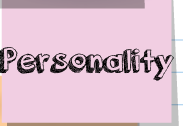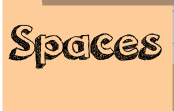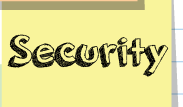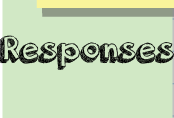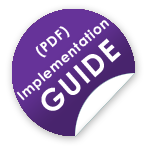We had multiple goals for Susie. First, we wanted her to be approachable. Our previous experience had been that our university community was not automatically drawn to online environments. Students, faculty, and staff were uncomfortable interacting in virtual space, unsure about whether they could trust such interactions to be useful, helpful, and fulfilling. We wanted to invite them in.
At the same time, keeping in mind the image of trickster as a doorway or gateway figure (Gellar et al., 2007), we felt that we could do more than simply invite people in. We also wanted to challenge them, to create a space that was slightly off kilter from the physical space they already knew, a space in which their assumptions about virtual space, writing centers, and writing could be questioned and challenged. We wanted to create an environment that would achieve a working balance between trust and threat, challenge and comfort, and play and conformity.
Because Susie blends the unreal with the real, she acts as a sort of trickster—writing center tutors in disguise. When writers see her, it is obvious that she is not a “real” person. Conversations with her, however, are real. To talk with Susie is not to talk with a computer program, even one as sophisticated as Cleverbot. Susie’s answers are as real as the tutors who “play” her. To interact with her, writers have to suspend their belief for a time, much as they do when reading fiction. The content is real, the context is not. By combining the real with the unreal, Susie infuses the interaction with a type of “play” that insists that writers open their minds to new possibilities, what Anne Ellen Geller et al. (2007) call “deep-change accidents” (p. 124). Susie opens the doors to virtual interactions that not only allow but demand creativity and lexibility. She also challenges people’s preconceived notions about writing centers as institutional spaces where “broken” writers go to be fixed. Talking to Susie is fun, not boring; encouraging, not judgmental. She tricks writers into seeing things differently. Susie also instigates play for our tutors. To be Susie, they must adopt her persona, pull on her disguise, and play her role with the writers they work with. Susie chats are stimulating and innovative; they create the space and magic of possibility.
Keeping all of this in mind meant that making Susie trustworthy was equally challenging. Asking writers to engage in the unusual could also be risky. To balance the potential threat we posed, we worked to ensure that Susie would provide consistently upbeat, positive interactions. We created a voice and personality for Susie, and a guide that would help tutors to learn her role. Ellen’s section on Susie’s Voice describes how we worked on Susie’s personality in detail. Our ten step guide includes information on Susie’s voice and sample chats that can be used for training.












